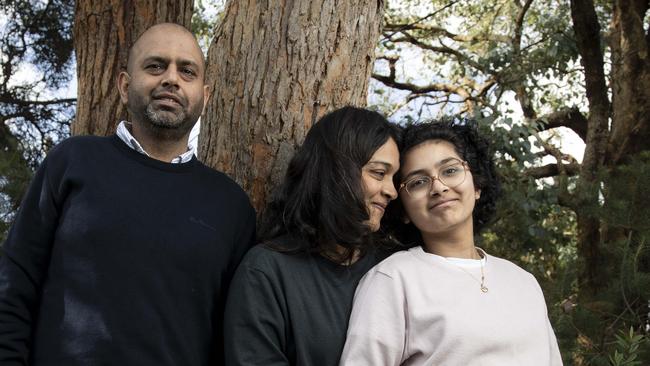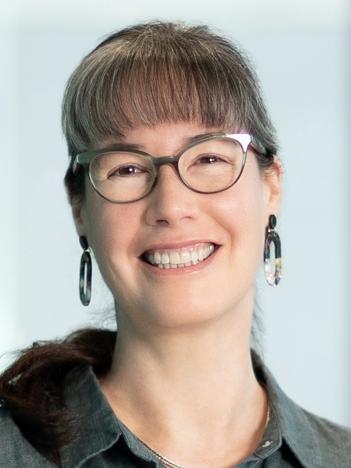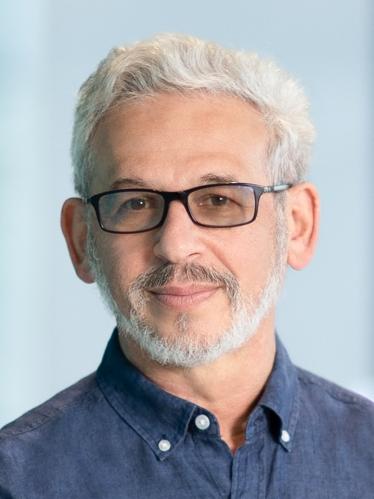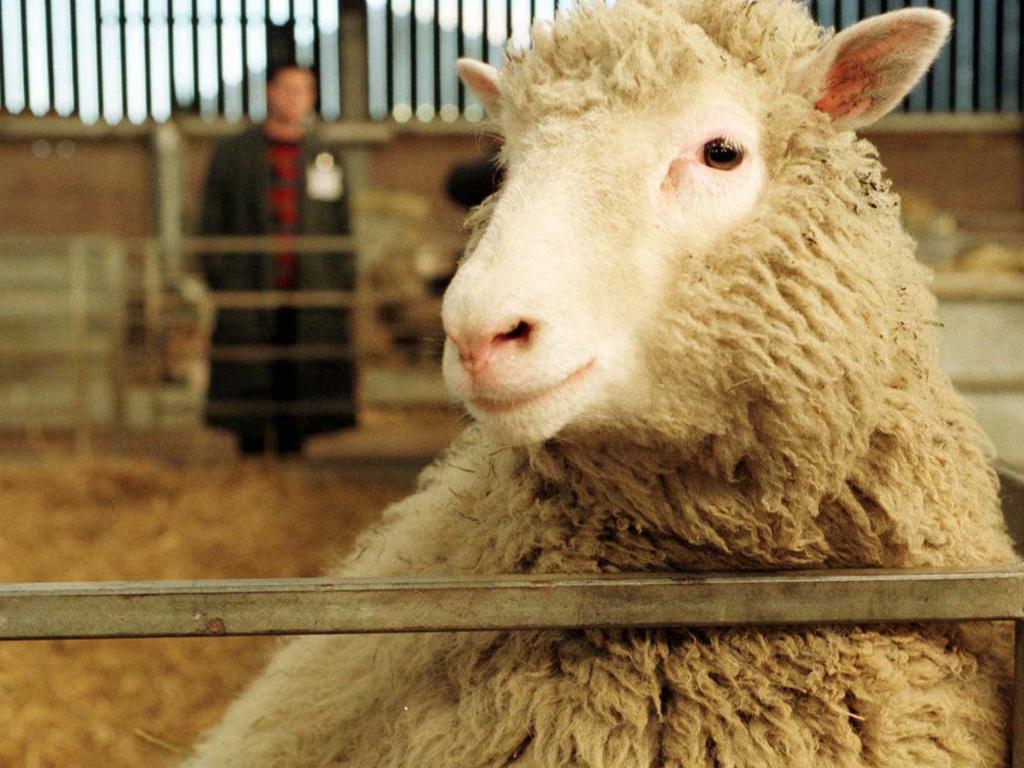Made-to-match cells put hope on the horizon for kids stuck in transplant queue
Children with blood diseases endure lengthy waitlists and side effects from imperfect transplants – but an Australian breakthrough in cell manufacturing could change that.

Doctors may soon be able to engineer stem cells that closely resemble those in the human body, thanks to a groundbreaking study by Australian researchers that provides a chance for children with leukaemia and other fatal conditions to bypass donor waiting lists.
By culturing cells that match what is found in the human embryo, the Murdoch Children’s Research Institute was able to create platelets and red and white blood cells that would be unique to each patient, eliminating the risk of the body rejecting donated blood or bone marrow.
Stem cells are remarkable in their ability to self-replicate and mould themselves into other cell types, making them essential to various therapies, but hard to isolate and replicate.
MCRI associate professor Elizabeth Ng was excited about the study’s potential for replication across different cell types, and its elimination of long wait lists for patients in need of matched donors.
“If you can match a patient’s own cells and you can make them, you’ve got a therapy for them immediately,” Professor Ng said.


“We did this by understanding how blood is formed in the human during development.”
Riya Mahajan was 11 years old when she was diagnosed with the vascular condition aplastic anaemia. When it came time for a bone-marrow transplant neither of her parents were perfect matches.
Having to settle for a 50 per cent genetic match, Riya endured weeks of isolation in recovery to prevent disease exposure.
“Obviously, the physical distress was there … but I think the mental aspect was also very challenging,” Riya’s father Gaurav Mahajan said. “She was not going to school all this while. So she was isolated for quite a bit of time.
“From never having a blood test to having a blood transfusion every second or third day after this diagnosis, it was a bit of a shock to everyone in the family.
“It was an exhausting process. We just count her blessings.”
Mr Mahajan said access to artificial stem cell treatments could have provided Riya, now 13, with a better bone marrow transplant match and saved her weeks of recovery.
Researcher Andrew Elefanty estimated a human trial could be possible within five years with government funding.
“It’s a prelude, perhaps, to cell manufacturing,” he said.
“We would hope that it would reduce the requirement for having matched donors, not because the matched donors are necessarily a really bad thing. But the problem is that many patients can’t get a perfect match, and there are all the side effects that are associated. There’s plenty of applications for this type of therapy in older patients as well in terms of bone marrow failures … or leukaemia.”
A study using mice showed blood stem cells adapt into bone marrow with the same efficacy as an umbilical cord blood cell transplant, one of the best comparable treatments. Artificial stem cells could also be frozen and thawed without issue.
MCRI professor Ed Stanley was hopeful the study could be applied to more blood diseases.
“Red blood cells are vital for oxygen transport and white blood cells are our immune defence, while platelets cause clotting to stop us bleeding,” he said.
“Understanding how these cells develop and function is like decoding a complex puzzle.”





